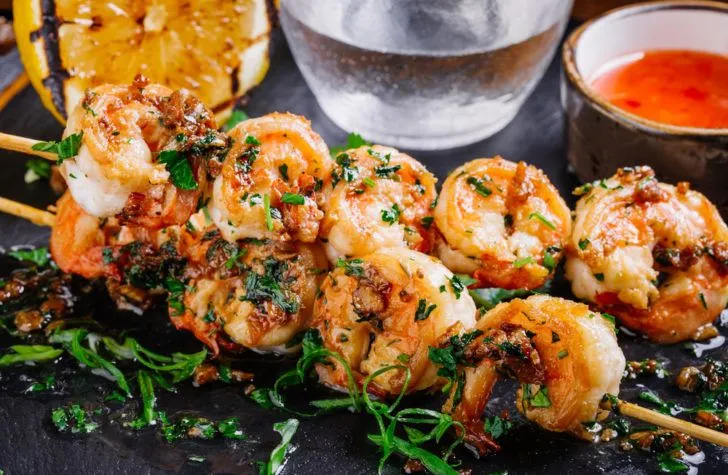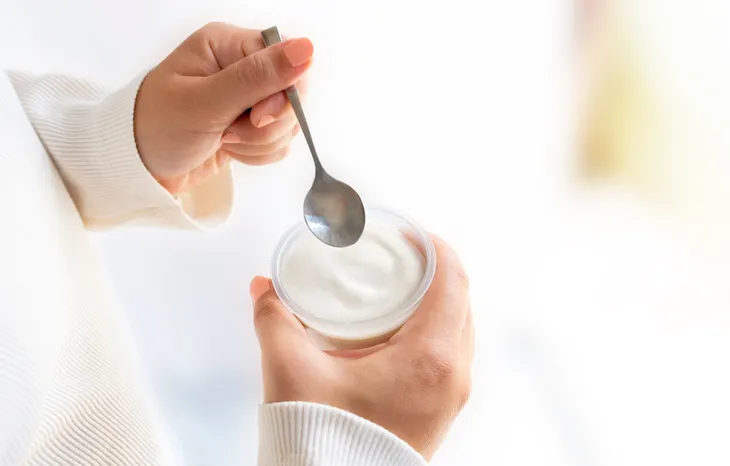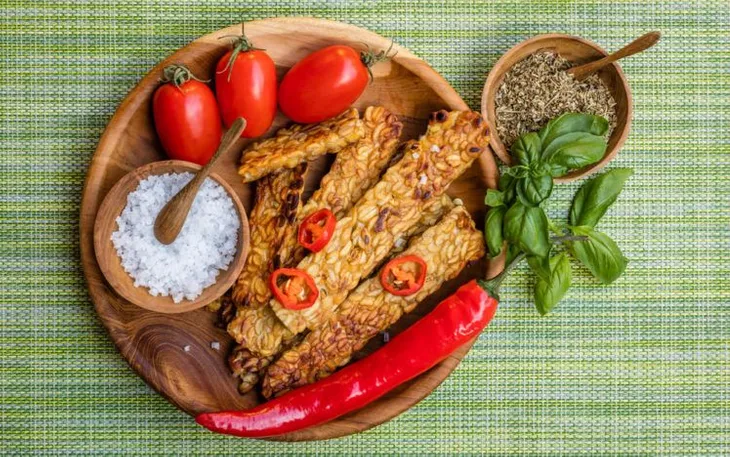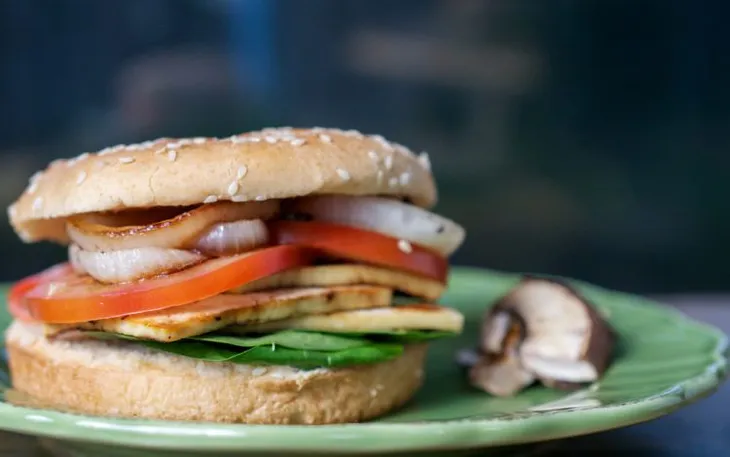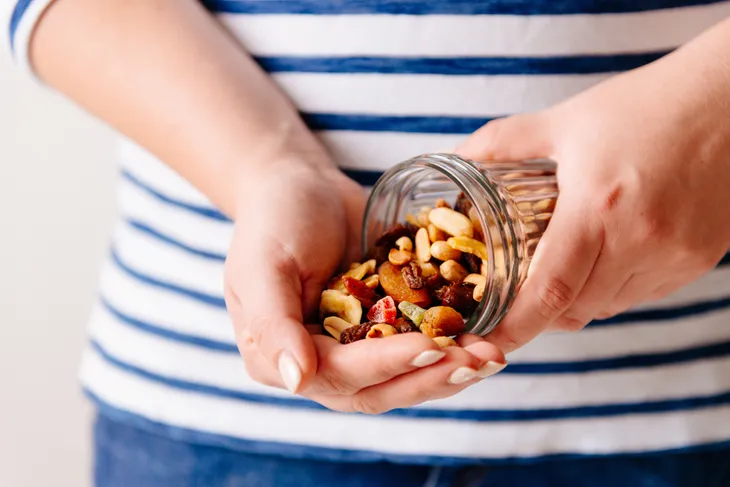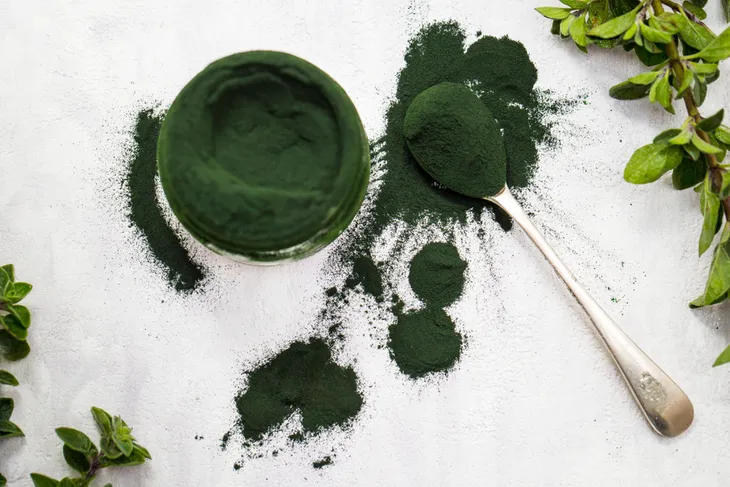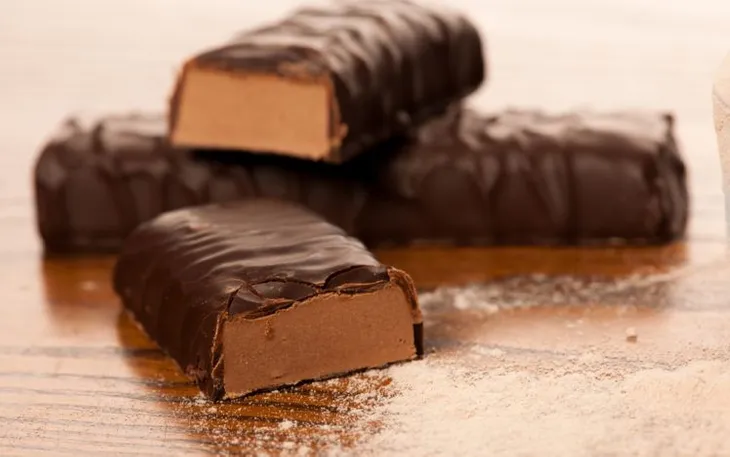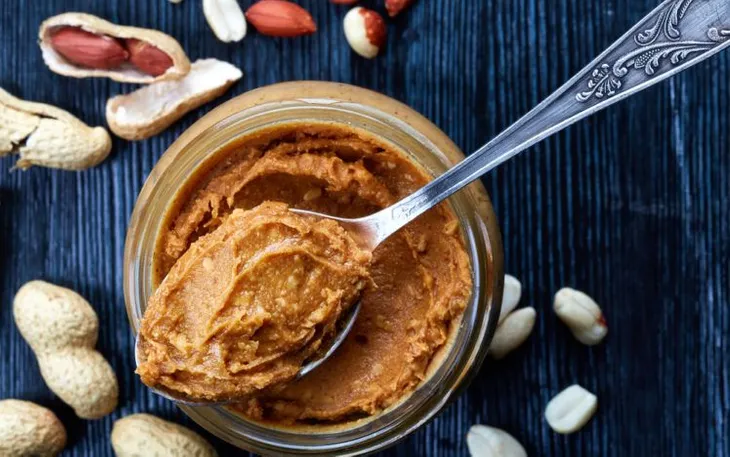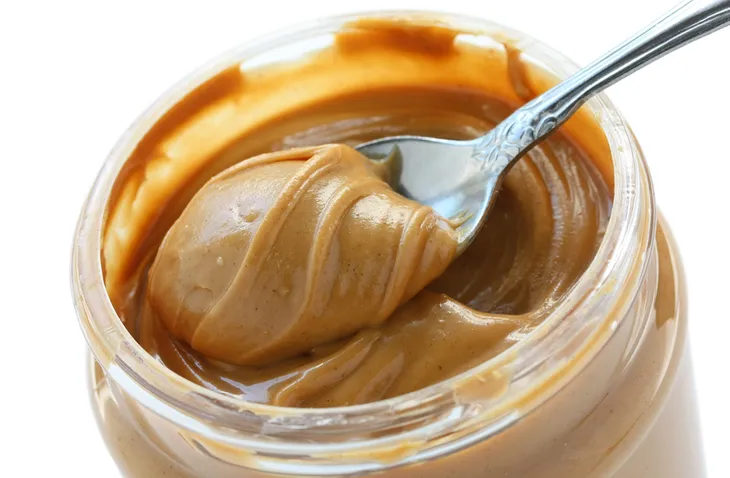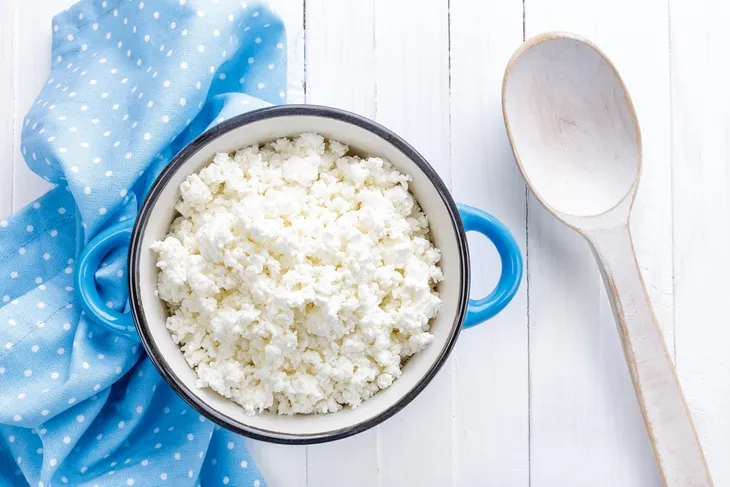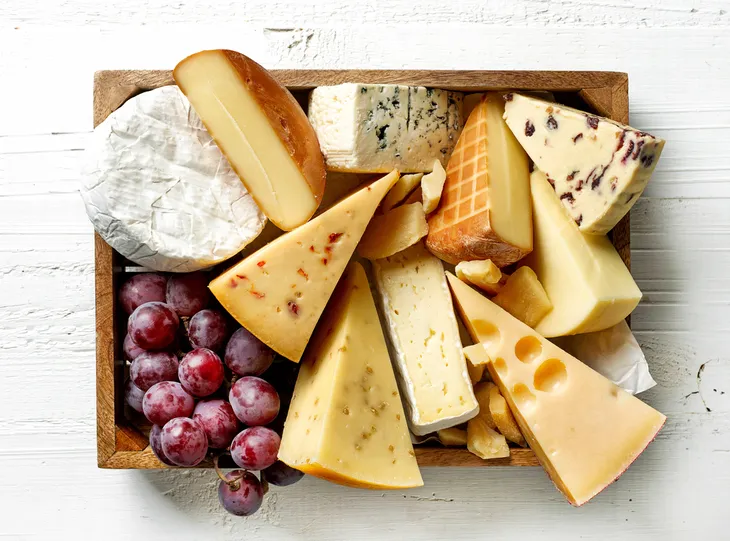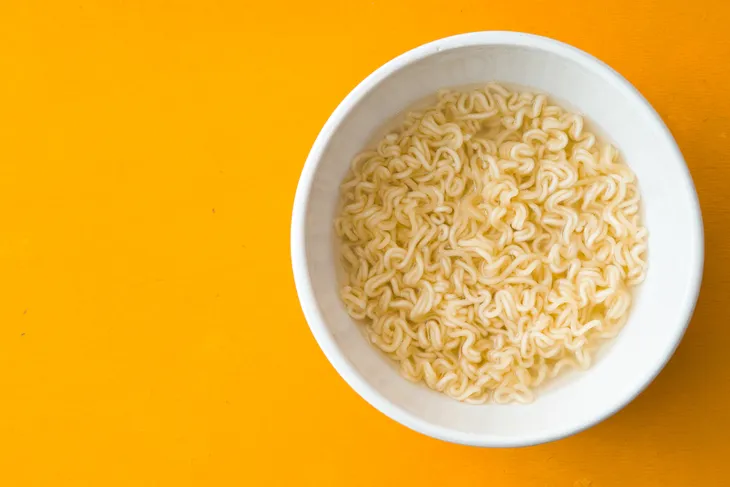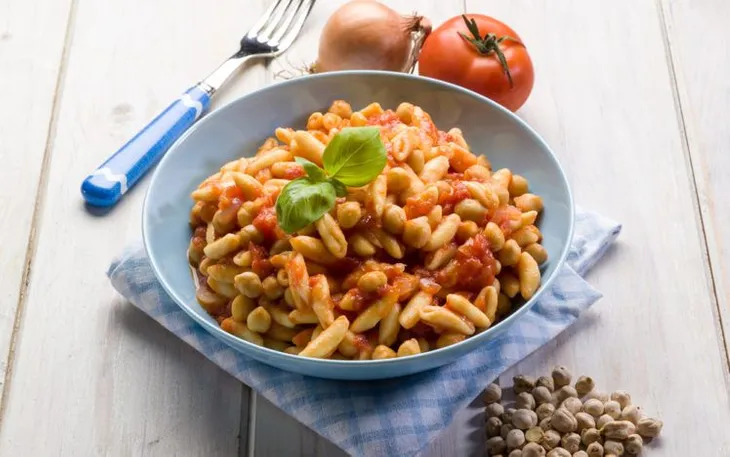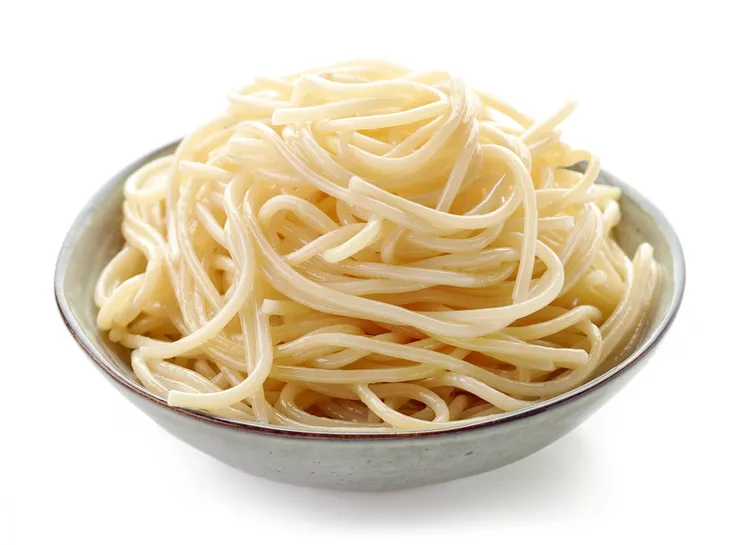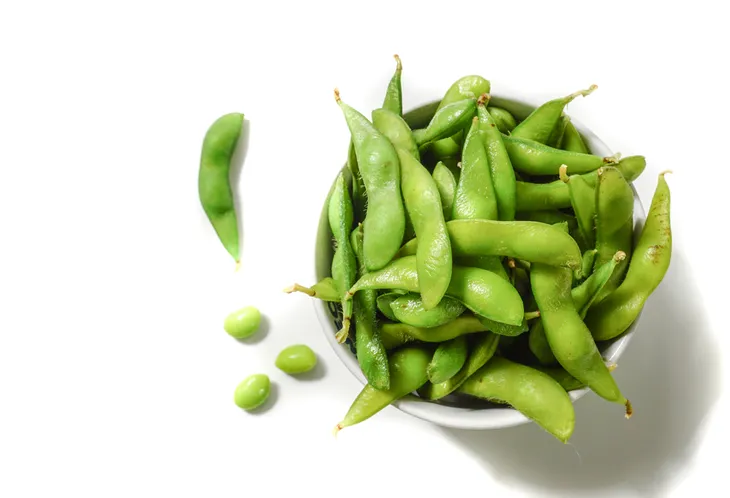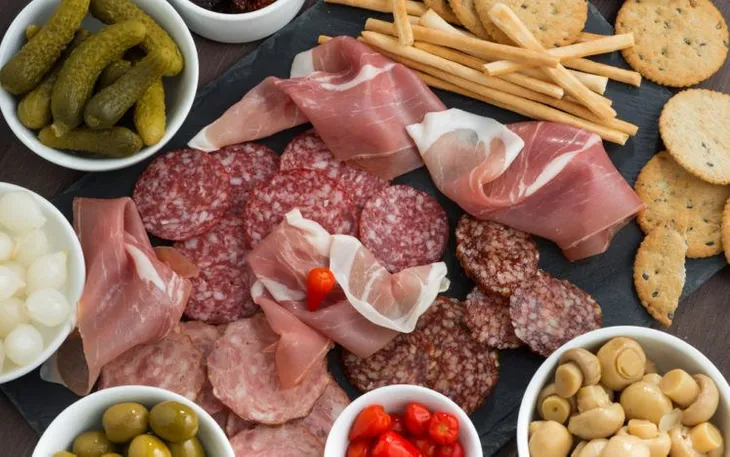Getting enough protein in your diet has never been easier with grocery stores sourcing products from all around the world for your convenience. The problem is, what products are the healthiest sources of protein, and which foods have more negative attributes than the amount of protein they offer?
Choosing what you put in your body is so important, and knowing which foods are the best options for you and your family will help you build a protein-packed menu without any regrets. Whether it’s making big changes in your diet or very small ones, your body and your loved ones will thank you!
26. BEST: Chicken Breast
Packed with protein, you can prepare chicken breast for lunch or supper quite easily. Slow cook chicken for pulled chicken on a whole grain bun, add a cooked chicken breast into your favorite salad, or barbecue it on the grill and serve up with roasted veggies and goat cheese.
Chicken is truly versatile meat because of its mild flavor and texture. It takes well to marinades and freezes easily. No matter which way you choose to prepare it, it’s a low-calorie lean protein source that’s a wonderful addition to your diet.
~24g of protein per 3 oz. breast
25. WORST: Deep Fried Meats
Deep frying just about anything can guarantee the depletion of nutritional benefits. If you’re looking for a protein-rich meal, skip the deep fryer and eat either raw or cooked food that isn’t coated in breadcrumbs and oil!
Next time you’re at a restaurant, check the menu for some grilled or baked options so you can skip the health-damaging deep fryer at all costs.
~5-25g protein per serving depending
24. BEST: Shrimp
Shrimp is one of the most underutilized protein sources in the meat family. It’s a lean meat that works in pasta, salads, stir fry’s, bbq skewers and so much more.
With its mild flavor and speedy cooking time, it should definitely be something you keep on hand when looking for a protein source to add to your favorite dish. Shrimp is so full of protein in fact, it’s 81% protein and only 200 calories per cup of cooked shrimp. It’s a great food when you’re watching your waistline, and looking for a satisfying food source that’s low in calories but rich in protein to keep you sustained longer.
~38g protein per cup
23. WORST: Sausages & Hot Dogs
While sausages and hot dogs do have protein, it’s pretty obvious that they are not great for you. With tons of sodium and other additives, you’re doing more of a disservice to your body than benefiting it!
At the next barbecue, try grilled some chicken breasts and lean cuts of red meat to serve on their own or in a bun for a healthier alternative to the regular barbecue favorites.
~5g per sausage or hot dog
22. BEST: Greek Yogurt
Greek yogurt can be incorporated into baking healthier desserts, mixed into smoothies, as well as being topped with berries and protein-rich chia seeds. You can also create a parfait with Greek yogurt, granola, and fruit!
Not only is Greek yogurt great for protein, but it is also very low in sugar and fat. You can rarely find a food that has that creamy texture without a lot of fat in it, but with Greek yogurt, it’s definitely a no regrets kind of food.
~29g of protein per cup
21. WORST: Sugary Yogurt
Greek yogurt is a wonderful alternative to regular yogurt at the grocery store. It’s incredible how much sugar they can fit into one tiny cup, which is why it’s worth skipping.
One of the easiest ways to control how much sugar is in your yogurt is by purchasing plain greek yogurt, then adding your own flavors using berries, agave, or maple syrup.
~3g of protein and 13g of sugar per 100 grams
20. BEST: Wild Salmon
Wild salmon is much lower in fat and has approximately the same amount of protein as farmed salmon. Grill on a cedar plank on the barbecue and serve with cooked veggies and garlic mashed potatoes. Delicious!
Salmon is rich in omega-3 fatty acids which helps improve cognitive function. Omega-3 fatty acids are extremely important to eat because your body does not naturally produce them. Make sure you incorporate one meal a week at least with a little salmon in it for this health benefit.
~23g of protein per serving
19. WORST: Farmed Salmon
Farmed salmon contains 150-200 more calories than wild salmon while offering around the same amount of protein. The trade-off for wild salmon is definitely worth it when you can get a leaner cut of fish.
When we go to the grocery store to purchase our salmon, we like to think it was caught in the ocean swimming by the fishing boat, however, farmed salmon are actually controlled areas of water where breeding and harvesting take place, making them a less natural source for protein than we originally thought.
~23g of protein per serving
18. BEST: Lentils
Preparing lentils may seem like a daunting task, but they’re an excellent ingredient to include in large batches of soups, stews, and chilis that can be frozen for later. You can make lentil soup or a vegetarian chili to serve at supper and take for lunch the next day, knowing you’ll be getting piles of protein with every bite.
Lentils are a wonderful addition to a variety of meals including casseroles, soups, chilis, and even as a side dish for a meal. They can take on any flavor that you create with sauces or spices so making them a new addition to that good old casserole you make for your neighbors shouldn’t be a huge challenge at all.
~18g of protein per cup
17. WORST: Whole Wheat/Grain Bread
While whole grains are a fantastic source of fiber, they seriously lack protein. It can be misleading when you see all the seeds lacing your sandwich choice, but unfortunately…they just don’t add up to much.
Most often still full of enriched flours, sugars, and calories…they’re not exactly a great protein addition to your diet. While they may be a better option than their white bread counterparts, there’s simply not enough good to justify. Let it be the vehicle to deliver your proteins, but don’t depend on the bread itself to keep you sustained.
~3-4g protein per slice
16. BEST: Tempeh
Tempeh is a wonderful meatless food that can be pan-fried or baked. The best part is, it acquires the taste of any of the seasonings you cook it with. Add it to your salad or fill your taco with tempeh instead of chicken or beef.
Tempeh is a protein source made from fermented soybeans. It is a healthier option than tofu because it is much less processed than most tofu products.
~31g of protein per cup
15. WORST: Tofu Deli Meats
While many individuals are vegetarian or vegan, picking tofu deli meats can be a risk for your health due to the high sodium levels. While they’re skipping out on animals, they are also packing this food with lots of additives.
A better sandwich alternative for protein would be a roasted veggies sandwich with vegan cheese and some garlic hummus. You will still have a delicious meal, without as much sodium.
~2-3g protein per slice
14. BEST: Nuts
Nuts are a wonderful addition to your diet when enjoyed in moderation. Full of healthy fats and protein, they can help keep you sustained and fueled in your day. They also pair well with other protein sources such as Greek yogurt, ensuring you get a good amount of both protein and Omega-3 fatty acids.
Omega-3 Fatty Acids are an amazing benefit to the body which means that you can definitely incorporate nuts into your daily menu, but just make sure that they aren’t the focus of the meal.
~27g of protein per cup
13. WORST: Candied Nuts
This may be a rather predictable one in the “worst” category, but after all, we’ve learned about the benefits of nut proteins, it’s something to definitely touch on.
While nuts are a healthy protein source, enjoying them within a shell of candy coating is definitely a no-no in the protein world. They may be a favorite bar snack, but if given the option, reach for the roasted or shelled variety instead.
~12g of protein per cup
12. BEST: Spirulina
Perhaps you’ve never heard of spirulina before, but you should definitely be paying attention to this source of protein and its trendy ways.
Made popular on social media for its aqua blue-green color, this powder form of algae has risen to fame in the smoothie recipe world. Making it a much better option than some other “on the go” alternatives. One fascinating fact about spirulina is that it’s so rich in protein, it nearly doubles the protein of a meat source, such as chicken breast when compared gram for gram.
~57g protein per 100g
11. WORST: Processed Protein Bars
While you may be loving the amount of protein you’re getting from the chocolate chip cookie dough protein bar you’re eating, in reality, it is absolutely not worth it. Many protein bars are packed with an insane amount of sugar, loaded with calories, and can even have a high-fat content. As much as I hate being a dream crusher, I’m here to tell you that the no regrets attitude you have towards your protein bars has got to go.
There are some fantastic protein bars out there that are plant-based and have fewer additives, but the bottom line is that you don’t want to make protein bars your sole source of protein. As shown on this list, there are tons of different foods you can enjoy to get your daily intake of protein without having to tolerate all that sugar and fat.
~2og protein, 10g sugar per bar (depending on the brand)
10. BEST: Natural Nut & Seed Butters
Nuts and seeds are naturally rich protein sources, as mentioned before. However, when it’s ground down into a spread it’s much more versatile a protein source. Enjoy it on a slice of whole-grain toast in the morning with some banana, or add it to your baking with cookies and muffins.
The natural nut and seed kinds of butter usually only have one ingredient – the nuts, and seeds themselves. Sometimes there is some sea salt added. It comes in a range of varieties like almond, cashew, sunflower seed, crunchy, smooth, and more. Packed with natural oils that contribute to your healthy fat intake, this option is definitely a surefire win.
~32.5g of protein per 1/2 cup
9. WORST: Standard Peanut Butter
Peanut butter is a staple in many North American homes and it’s well utilized in many family snacks and meals. A classic PB & J, or crackers, or celery with peanut butter are common choices, while some of us enjoy it straight off the spoon or baked as the main ingredient in the easiest of cookie recipes.
Unfortunately, generic peanut butter is full of additives. The biggest additive that cancels out the positivity of this protein source, is sugar. Sugar has been shown to have a negative impact cognitively and is also the leading contributor to obesity in both adults and children. Not only that but generic peanut butter is often laced with hydrogenated vegetable oils, instead of relying on the peanut’s natural oils as a healthy fat source.
~7g of protein per serving, 3 grams of sugar
8. BEST: Cottage Cheese
Cottage Cheese is a wonderful source of protein and can actually be included in lasagna, or enjoyed on its own with some berries. No matter how you serve it up, it’s a great food to have in your fridge when you need a kick of energy.
Cottage Cheese is actually a drained, unpressed cheese that has not aged or been colored. It is very high in protein and doesn’t have very many additives either, making it a great choice for even toddlers to enjoy.
~14g of protein per 1/2 cup
7. WORST: Cheese
I’m very careful to say cheese is bad because it’s not that bad when you’re using portion control. The main point of cheese is that it is both high in protein and very high in fat. When you go to the grocery store, pick the lower fat cheese for more health benefits.
A lot of meals with cheese make cheese the focus, but if you can add spices and grilled meat to the meal, the cheese can take the back seat for your supper. It’s a delicious food that is best enjoyed in small portions, and should not be consumed as a main source of protein.
~4g protein per 1 square inch
6. BEST: Soba Noodles
Soba Noodles are made from buckwheat and offer a higher protein content than regular white noodles. Make your regular spaghetti and use these noodles instead for a healthier twist on a family favorite.
Buckwheat is not only great as a protein source, but it also contains antioxidants to fight many types of cancer and can help lower cholesterol and blood pressure. It’s a great food to incorporate into your weekly menu without too much of a hassle.
~12g of protein per 3 ounces
5. WORST: Ramen Noodles
Maybe back in your college days, you found the excuse to tell yourself you were eating cheap and healthy when you read on the side of the ramen noodle package, that it packed some protein.
However…packaged ramen noodles are over-processed and carry an insane amount of sodium, with little to no nutritional benefit to your diet, no matter how beneficial those packages are to your wallet. Time to take them back out of the cart, and opt for a better option.
~9g of protein per package
4. BEST: Chickpea Pasta
This pasta is made out of chickpeas and is exploding with protein! Top with a cream sauce or tomato sauce for a filling dish that will give you lasting energy.
If you’re trying to lose weight, a bonus for consuming chickpeas is how filling they are. You won’t need to eat as much to feel full after a meal involving chickpea pasta!
~14g of protein per serving
3. WORST: White Pasta
We grew up on the stuff, and it’s part of many weeknight meal plans for its ease of cooking and simplicity in flavor, making it a versatile main in so many dinners.
However, white pasta is a simple carbohydrate that while it does pack some protein, lacks overall health benefits. With simple-carb foods, the body can break it down easily converting it into glucose which creates an unhealthy spike in your blood sugar. When the bad outweighs the good, it’s time to consider a new protein source.
~8g protein per cup
2. BEST: Edamame
Edamame beans are easy to enjoy on their own or incorporated into a salad of some sort. You can also add them to a health bowl along with veggies and quinoa for a super healthy meal. It’s an easy, portable item to bring to work with your lunch or as a mid-day snack.
You can also purchase edamame beans in the grocery store in freezer packages so you can ensure they won’t go bad and will always be available to add to any meal that you see needs a little protein boost.
~14.9g of protein per serving
1. WORST: Processed Meats
An all too common protein source in our lunches, but we all know processed meats aren’t ideal. For some of us, we just may not know why. Not only are these meats extremely high in sodium, but many of them are also very high in fat. While you are getting protein, the benefits don’t quite outweigh the health costs to your system.
Instead of buying these deli meats, cook up your own whole turkey or chicken and then slice them into thin pieces for easy sandwiches at work and school. By doing this, you are reducing fat and sodium and cleaning up your intake of processed foods, while getting some amazing protein!
~3-4g protein per slice



